|
It is in the darkness that the fire shines brightest. Tomorrow is the winter Solstice, the day with the least amount of light. Nine hours of daylight compared to the fifteen in June. In our ever active world this season can feel like a burden. The darkness cutting into our activities. But it might be the most important time in our seasonal cycle. We are on the cusp of winter, the trees have gone shed their leaves, the plants are all dormant, the mammals have cozied up in their dens to hibernate, it’s time to rest. While it’s not entirely practical to hole up in your house for days on end, there are ways we can embrace the season and enjoy what I call active rest. Beginning today, through tomorrow (the Solstice), and continuing to the next day I would like to invite you to see and participate in these darkest of days.  December 20th Shadow Watching The sun hangs low in the southern sky casting long shadows through the day. In the morning look out and see the shadows, follow them across the landscape, do you notice the utility pole shadow, a nearby building, how different they look this time of year. At noon, observe how the shadows still stretch, much longer than at summer’s high noon. In the evening, go outside and cast your own shadows as you bid goodnight to the sun. 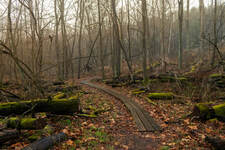 December 21st Take a Walk Instead of trying to run away from the cold and darkness, take a slow walk and welcome winter. When you can, bundle up and find your way outside to take a slow, intentional walk. Breathe in the crisp air, observe how the shadows stretch out before you, listen to the sounds around you - there may be birds, squirrels, or even no sound, the silence of the season. Think how it is only now, in this season, when things become still and quiet. Take that stillness with you. 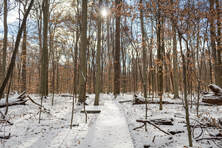 December 22nd Welcome back the sun From now until June 20th the daylight slowly starts to return. Greet the morning, welcome the sun (even if it’s cloudy, it’s up there somewhere). The darkness brings lessons, good or bad be thankful for them, the light will add more perspective. If all of that sounds too “woo woo” then welcome the sun by eating an orange. The golden orange fruit to nourish your day, to welcome the sun’s return.
0 Comments
Ilex opaca (American Holly)
Leathery evergreen leaves, 2-4 inches long and 1-2 inches wide, with a sharp-pointed tip and spiny-toothed margins (occasionally smooth). Growing up to 50 ft tall, this slow growing, shade tolerant tree has thin, gray, warty bark. Branches forming a pyramidal crown. Light green/greenish white flowers. If both the male and female trees are present, the flowers will produce the bright red berries that adorn so many living rooms this time of year. American Holly is native to the eastern/south eastern US. There are many different varieties of holly (ie winterberry, possumhaw, even Yerba mate - Ilex paraguariensis) as well as different cultivars of each species. The very similar looking English Holly (Ilex aquifolium) has become a noxious species along the West Coast of the US but doesn't seem to be able to grow well in the Eastern States. Uses The wood has been used for many, many, different things throughout history: inlays in cabinetwork, carvings, rulers, handles. The berries were used by the Native Americans for buttons and to barter. Holly is toxic to humans but birds and woodland mammals enjoy the bitter berries. Lore Holly is rich with symbolism Romans would send boughs of holly and gifts to their friends during Saturnalia*. In Britain, people decorated their homes with holly in the winter to invite sylvan spirits to shelter there. Christian legend says that holly sprang from the footsteps of Jesus, its thorns and red berries representing his suffering and blood. Symbolism in heraldry, holly represents truth. NeoPagan lore, the Holly King rules the dark half of the year (from the autumn to spring equinox) being strongest at midwinter, his counterpart and adversary the Oak King is the inverse. The Druids regarded holly as a symbol of fertility and eternal life, thought to have magical powers. Cutting down a holly tree would bring bad luck but hanging the plant in homes was believed to bring good luck and protection. Holly is also believed to protect homes against lightning strikes. *Saturnalia: Ancient Roman holiday to celebrate the God Saturn, held December 17-23rd. The holiday was celebrated with a sacrifice at the Temple of Saturn and a public banquet, followed by gift-giving, continual partying, and a carnival-like atmosphere that overturned Roman social norms: gambling was permitted, social status was equal, gag gifts or small figurines were given. The poet Catullus called it "the best of days". 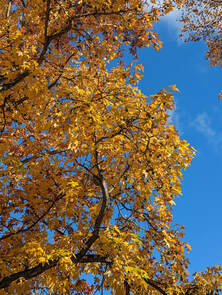 I don’t know about you, but this autumn, though it has been one of beautiful and long lasting foliage, one tree has stood out among all the others… The Sweetgum The American Sweetgum (Liquidambar styraciflua L) goes by many names: Sweetgum, redgum, sapgum, star leaf-gum, bilsted. As it is found in the Eastern United States from Connecticut south to Central America, it’s likely you’ve encountered this tree before and probably remember it’s unique seed pods - round and woody with spiney tips and scattered all over. The leaves are palmately lobed with five to seven points resembling a star. In the autumn the leaves turn a brilliant range of color from pale yellow through bright orange all the way to a deep burgundy or purple. The leaves are very sensitive to frost so if it frosts before changing, they turn directly brown. Native Americans used parts of this tree, especially the gum, bark, and root, for antidiarrheal uses, dermatological aid, gynecological aid, sedative, and as a fever reducer. A balsamic oleo-resin is formed when the inner bark of the tree becomes wounded or gashed, called American styrax. This historically has been chewed as a sweet, natural gum, but has found other uses in soaps, cosmetics, perfumes, adhesives, lacquers, and incense. The wood is used for lumber, veneer, and plywood and is often used for cabinets, furniture, barrels, baskets, and interior woodwork. Seeds are a food source for birds, squirrels, and chipmunks . |
AboutSince 2015 we have been exploring and sharing all the amazing things we’ve found in nature. AuthorEmily is an Ohio Certified Volunteer Naturalist who is most often found out in the woods. Archives
March 2024
Categories
All
|
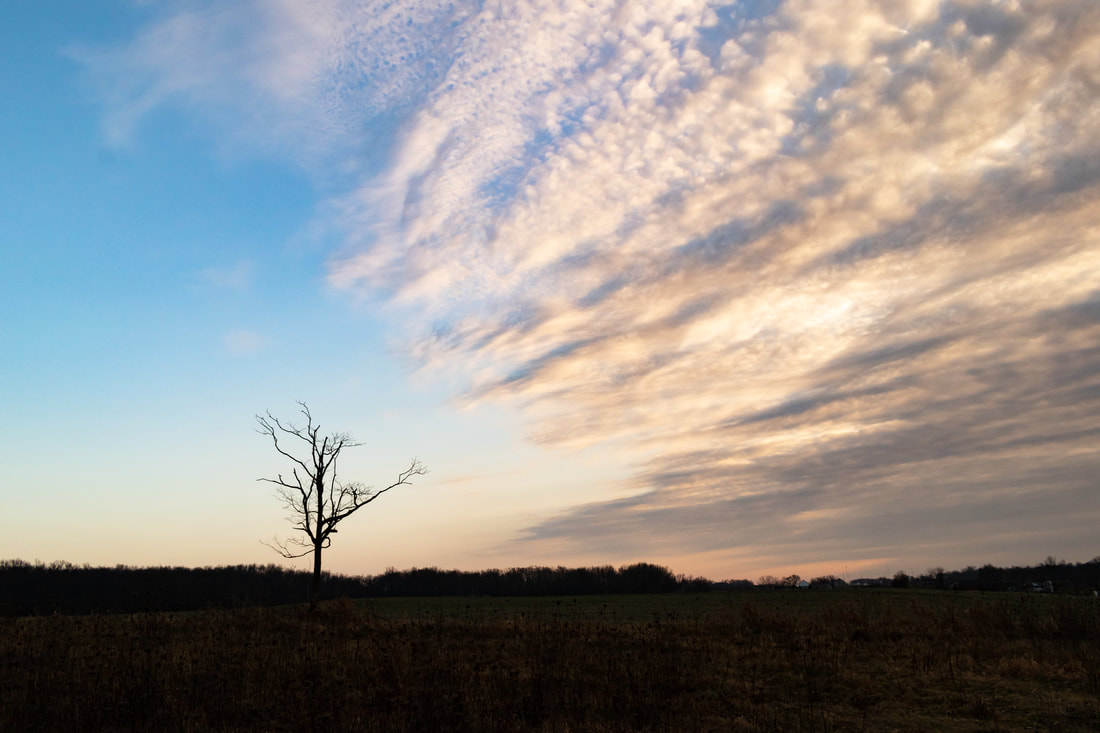
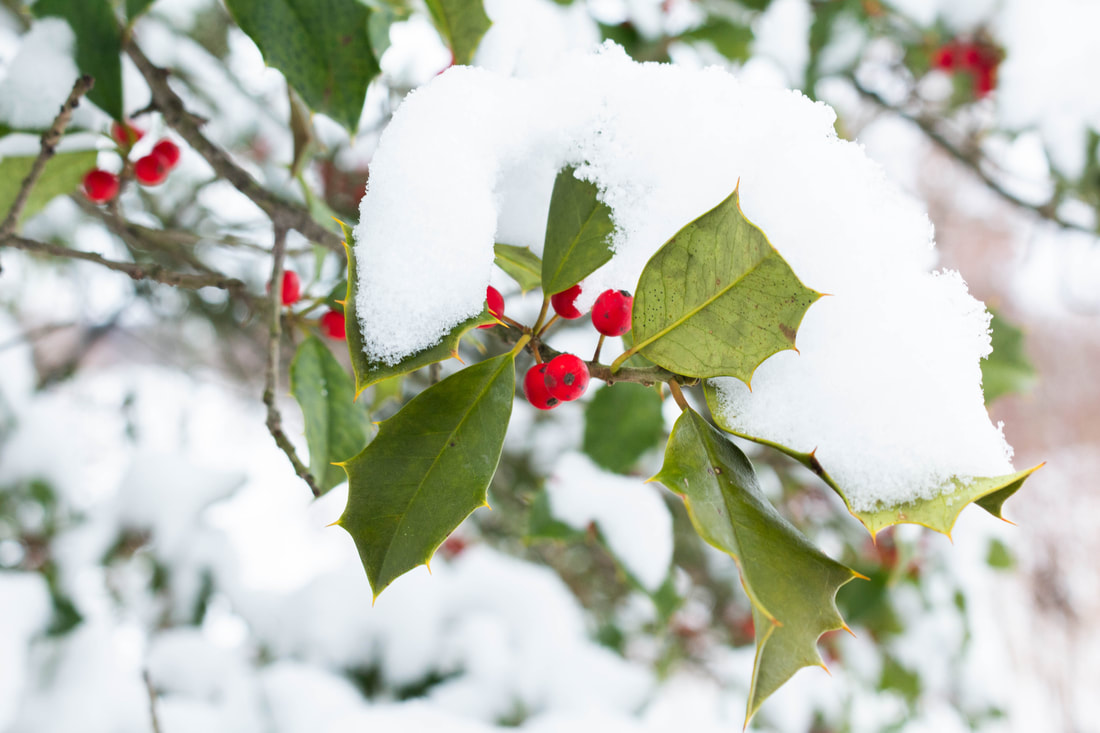
 RSS Feed
RSS Feed